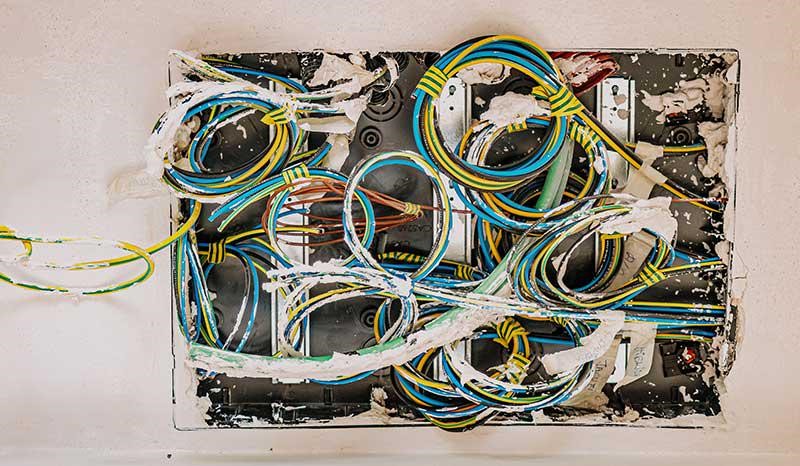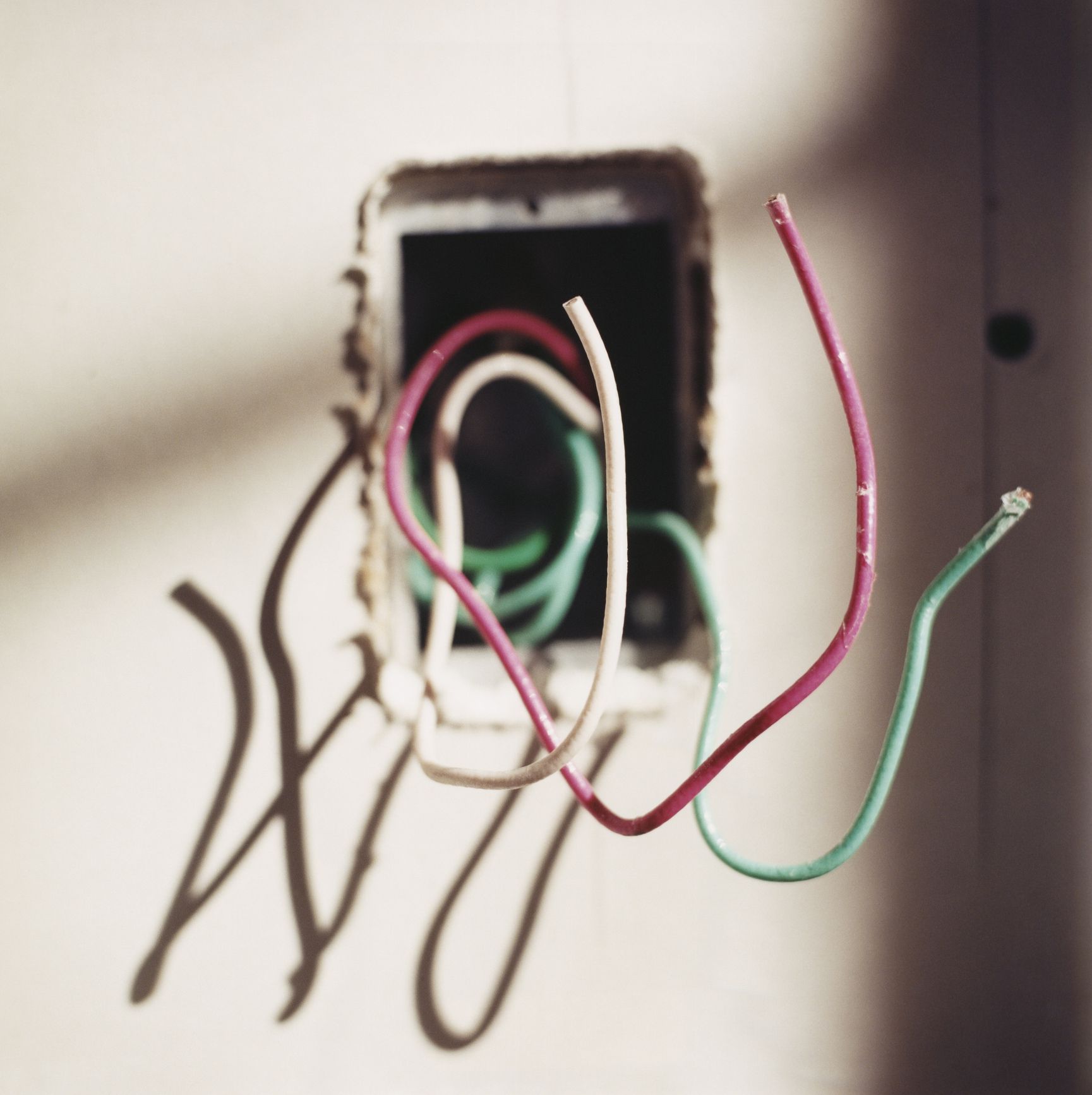
Electrical equipment has the potential to be extremely hazardous and every year in the US 30,000 incidents of electric shock are reported. As well as causing burns and serious injury to the body, electric shocks can be life-threatening, while the electrical fires caused by damaged wires or malfunctioning equipment can also destroy buildings. When you are working on an electrical engineering project, it is essential to meet electrical safety standards and follow regulations in order to keep people and buildings from harm. Just as you need cybersecurity to protect ideas and abstract designs, regularly monitoring, inspecting and managing any practical electrical work with regular risk assessments will ensure that any system is safe to install and operate.
Checking for Exposed Wiring
If you become responsible for an established electrical system, it is important to regularly look out for damaged or exposed wires. Although they are sometimes difficult to spot, if left undetected bare wires can be extremely hazardous causing electrocution or electrical fires in a property. Cables may be frayed over time due to wear and tear but wires may also be exposed by rodents such as squirrels and mice that chew through the insulating sheath. Once damaged wires are found, immediately turning off the electrical circuit will ensure no electricity is running through them. As any contact with exposed live wires can cause an electric shock, this will remove the potential for injury or electrocution . As a temporary measure, superficially damaged wires can then be repaired with electrical tape but, in the longer term, exposed wires should be completely taken out and replaced.

Applying Circuit Protection Strategies
As well as regularly inspecting established power systems, as an electrical engineer you may be responsible for designing a new electrical distribution system in a building. By familiarizing yourself with the National Electrical Code or any other regulations that apply where you are working, you can ensure that fundamental safety principles are established and that your design will be reliable and safe. A good electrical system design should be able to cope with the normal everyday requirements of the building together with occasional peaks in demand. However, all systems must include a circuit-protection strategy that will usually include fuses, relays and circuit breakers. This will disconnect the electricity supply by interrupting the flow when an abnormal or dangerous load is present.
Avoiding Overloaded Circuits
When a circuit breaker is tripped it could be the sign of an electrical circuit overload. In a home or office, too many appliances plugged into one outlet can exceed the load for the circuit wiring which will cause the breaker to trip and shut off the power. While tripping the circuit breaker is an effective safety measure, it causes disruption to the electricity supply and should still be avoided if possible. Some of the signs of potential overloading before the circuit breaker is tripped include switches that are hot to the touch, outlets that produce a burning odor or plugs that have been scorched around the edges. By mapping circuit layouts, it is possible to calculate a safe load rating for each circuit . If the demand of a building outstrips the safe supply of electricity, you may need to install a new circuit layout to take the additional load.

A successful electrical engineering project goes beyond good design, it must also be safe to install, operate and use on a day-to-day basis. By following electrical codes, carefully monitoring systems and carrying out regular risk assessments, any potential hazards can be removed and the safety of engineers, operators and end users is assured.



